Birds are truly our feathered friends. Many of them overwinter in Missouri, braving bitter cold days to provide endless hours of entertainment for birdwatchers. If you are interested in attracting more birds to your home to while away a winter’s day, it’s easy to do. You can simply scatter a smorgasbord of seed on the ground and watch the feathers flock. If you want something fancier, you can make a variety of feeders to place around your home. Once the stage is set, sit back and watch the show. This guide will help you identify your visitors and the best feed to keep them coming back for more. You can also visit short.mdc.mo.gov/Z28 for more information.
A Mini Field Guide to the Feathered Foragers at Your Feeder
Birds of a feather may flock together, but that doesn’t mean they have the same tastes. Here’s a list of treats that’s sure to have a variety of birds tweeting at your feeder.
- Black-oil sunflower seeds attract the widest variety of birds. Cardinals especially love them.
- Doves, juncos, sparrows, and other ground-feeding birds prefer white millet. Scatter it on the ground, underneath a feeder stocked with black-oil sunflower seeds.
- Nyjer seed (also called thistle) attracts finches and pine siskins.
- Dried kernels of corn are prized by blue jays. Cracked corn is eaten by doves and sparrows.
- Peanuts are treasured by nuthatches, woodpeckers, titmice, and blue jays.
- Peanut butter and suet (animal fat) attracts woodpeckers, chickadees, titmice, nuthatches, and occasionally warblers.
If you forget to fill your feeder, don’t worry. Birds are resourceful and will find food elsewhere. But to keep the birds coming back, keep your feeders stocked.
Northern Cardinal
- At the Feeder: Sunflower seeds
- In the Wild: Seeds, berries, small insects
Female cardinals are the same size and shape as males but aren’t as colorful.
Cardinals are wary birds, often flicking their tails and whistling a sharp “chip” to show they’re agitated.
Blue Jay
- At the Feeder: Peanuts, sunflower seeds, cracked corn
- In the Wild: Acorns, insects, berries, small animals, bird eggs
Blue jays are known as the bullies of the bird feeder. You can tell a blue jay’s mood by looking at the crest of feathers on top of its head. A calm jay keeps its crest down. When a jay is agitated, its crest comes up.
Jays often shriek “Thief! Thief!” before swooping into a feeder. The call scares away other birds, leaving the feeder competition free.
Mourning Dove
- At the Feeder: Cracked corn, millet, sunflower seeds
- In the Wild: Weed and grass seeds
When a mourning dove takes flight, its wings make a whistling sound.
Doves quickly gobble seeds, storing them in a pouch in their throat called a crop. Once a dove has topped off its crop, it flies to a safe perch to digest the meal.
Dark-Eyed Junco
- At the Feeder: Millet, sunflower seeds, cracked corn
- In the Wild: Mostly weed seeds, but a few insects
The “boss” bird in a flock of juncos feeds in the center where it’s safest. You might see juncos lunge at each other and flick open their tails. This is how they figure out who is in charge.
Juncos often scratch around in feeders, kicking seed over the edge to birds below, where they prefer to feast. Juncos are nicknamed “snowbirds” because they appear in Missouri during late fall and winter. In spring, they migrate north to nest.
Tufted Titmouse
- At the Feeder: Sunflower seeds, peanuts
- In the Wild: Mainly insects in summer; acorns and seeds in fall and winter
Titmice flit down to a feeder, grab the largest seed they see, and dash away. At a safe perch, they hold the seed with their feet and peck it open. Many seeds are hidden in trees for a later snack.
Tufted titmice couples defend their territories year-round. That’s why you usually see only one or two titmice at your feeder at once. If you see more, they’re likely young joining mom and dad for a family dinner.
White-Breasted Nuthatch
- At the Feeder: Suet, sunflower seeds, peanuts
- In the Wild: Insects, acorns, seeds
Though small, nuthatches are feisty. They often swing their long, sharp beaks like swords to drive away other birds. When this happens, only woodpeckers hold their ground.
Called the upside-down birds, nuthatches have an interesting way of walking down tree trunks, branches, and feeder perches.
Nuthatches love to swipe peanuts and stash them away to eat before bedtime. Seeds with shells require too much effort to crack right before bed, so they are usually eaten on the spot.
Black-Capped Chickadee
- At the Feeder: Sunflower seeds, peanuts, suet
- In the Wild: Insects, spiders
When a chickadee spots danger, it gives an alarm call — chickadee-dee-dee — to warn other birds. The more dees, the bigger the danger.
Chickadees are bold, curious birds. With lots of patience and a steady hand, you can coax a chickadee to eat seeds from your palm.
Chickadees hide most of the seeds they take for later. Even with a brain smaller than a raisin, the little birds can remember the precise location of thousands of seeds.
Downy Woodpecker
- At the Feeder: Suet, peanuts, sunflower seeds
- In the Wild: Insects, acorns
When a downy woodpecker is threatened by another bird, it fans out its tail and swings its beak like a sword.
Male downies keep females from feeding in the best spots. When males arrive at a feeder, females often fly away to hide in a nearby tree.
If a male spots danger when he’s alone, he keeps quiet. But when he’s with a female, he gives an alarm call to alert her of the threat.
House Finch
- At the Feeder: Sunflower seeds, thistle, millet
- In the Wild: Seeds, berries
Flocks of finches may stay at feeders a long time, gobbling tons of seeds and preventing other birds from eating.
Purple finches look a lot like house finches. To tell the birds apart, look at the streaks on their sides. Male house finches have brown streaks; male purple finches have rosy streaks.
Male house finches come in many shades, from yellow to orange to red. They get their color from pigments in the wild seeds they eat. Female house finches are brown.
White-Crowned Sparrow
- At the Feeder: Millet, thistle, cracked corn
- In the Wild: Weed and grass seeds, insects, berries
There’s a pecking order when it comes to sparrows. Those with the brightest colors on their heads get to eat first. Sparrows with duller plumage are sent to the back of the line, forced to wait their turn.
White-crowned sparrows often hop backward then forward, dragging both feet on the ground, where they prefer to feed. This fancy footwork helps turn over leaves to expose hidden seeds.
Frequent Fliers… A Few Others to Watch for
Pine Siskin
Pine siskins show up in Missouri when seeds get scarce in northern forests where the birds usually live.
American Goldfinch
American goldfinches are active, acrobatic little birds that sometimes hang upside down to feed.
Red-Bellied Woodpecker
Red-bellied woodpeckers aren’t well-named. Although the red on their heads stands out, the blush on their bellies is hard to see.
European Starling
European starlings were brought to New York City from Europe in the 1890s. They are now one of the most common birds in the U.S.
House Sparrow
Like the white-crowned sparrow, house sparrows also have a pecking order. Males with the biggest black patches on their throats get to eat first.
Cooper’s Hawk
Cooper’s hawks sometimes swoop in to pluck songbirds from feeders. That is nature’s way. Hawks have to eat, too.
Feeders
Birds are on the hunt for food all winter, but by February, wild pickings are slim. Give your feathered friends a hand by making a bird feeder.
Wreath Feeder
Items you’ll need:
- Bundt cake pan (Use mini Bundt cake molds if you want to make multiple wreath feeders)
- 4 cups bird seed (Choose seed that attracts birds you’re interested in)
- Cranberries (optional)
- 1 ½ packets of unflavored gelatin
- ½ cup warm water
- /3 cup corn starch
- 3 tablespoons light corn syrup
- Thick ribbon
- Kitchen items: drying rack, medium-sized sauce pan, spatula, and measuring utensils
- Nonstick cooking spray
- Spray the Bundt pan mold liberally with nonstick cooking spray. Place the cranberries in the pan how you would like them to look on the front of the wreath. Set aside.
- Measure 4 cups of bird seed in an easy-to-pour container. Set aside.
- Whisk together the packets of unflavored gelatin and warm water in a medium-sized sauce pan on medium heat until it is dissolved.
- Add in corn starch and light corn syrup. Whisk until there are no lumps of cornstarch left. The mixture will start to form a thick paste. The paste should be smooth and thick.
- Remove the pan from the heat once the paste is formed and stir in the 4 cups of bird seed. Tip: spray your spatula with nonstick cooking spray before mixing together.
- Add the combined mixture into the Bundt pan mold, packing it down and keeping the cranberries in place. Evenly distribute the mixture so the wreath will be balanced when it sets.
- Place the pan in the fridge. Remove it from the fridge when it’s hard to the touch. This should take no longer than an hour.
- Take it out of the fridge once hardened and gently remove the wreath from the pan by flipping it upside down onto a cooling rack. Let it dry 12–24 hours before adding ribbon or handling it too much.
- Tie a thick ribbon around the wreath and carefully hang it where the birds will see it.
Suet Feeder
Homemade suet should be used in very cold weather so it does not melt and spoil. Wait until at least December to use it because suet can attract bears and other animals if put out too early.
- 2 parts melted fat (beef fat or lard)
- 2 parts yellow cornmeal
- 1 part natural peanut butter
- Melt the fat in a saucepan until completely liquid. Remove from heat and let sit for several minutes.
- Stir in the remaining ingredients and cook for a few minutes.
- Pour into small containers (tuna fish cans are good), and refrigerate until they start to harden and then store them in the freezer until ready for use.
- Mixture can also be stuffed into 1-inch holes drilled in small logs to hang from trees.
* As an alternative in warmer temperatures, replace suet (animal fat) with peanut butter. Mix 1 part peanut butter with 5 parts corn meal. The mixture can be stuffed in crevices of pinecones or 1-inch holes drilled in small logs.
Pinecone Feeder
- Gather a bunch of pine cones. Tie yarn or twine around the top of each one.
- Cover the cones with peanut butter. Fill all the little spaces.
- 3. Pour birdseed into a small tub or cake pan. Roll the cones through the seed. Press firmly so plenty of seed sticks to the peanut butter. Keep rolling until each pine cone is completely covered.
- Tie your pine cones to sturdy branches where you can keep an eye on them. When your pine cones are picked clean, reuse them to make new bird feeders.
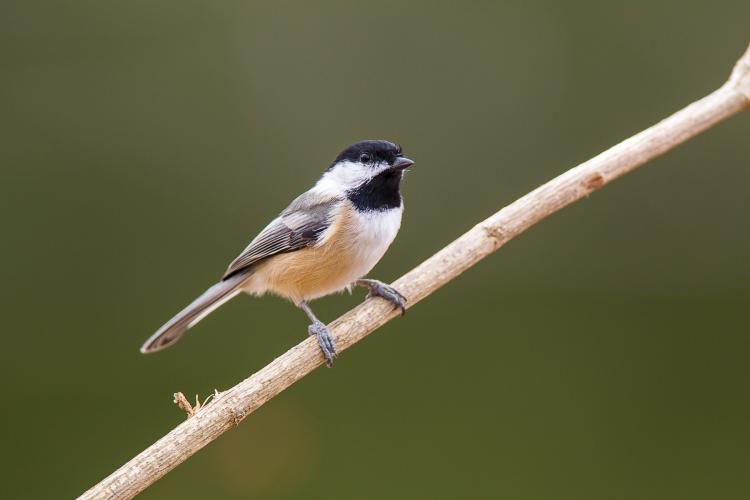
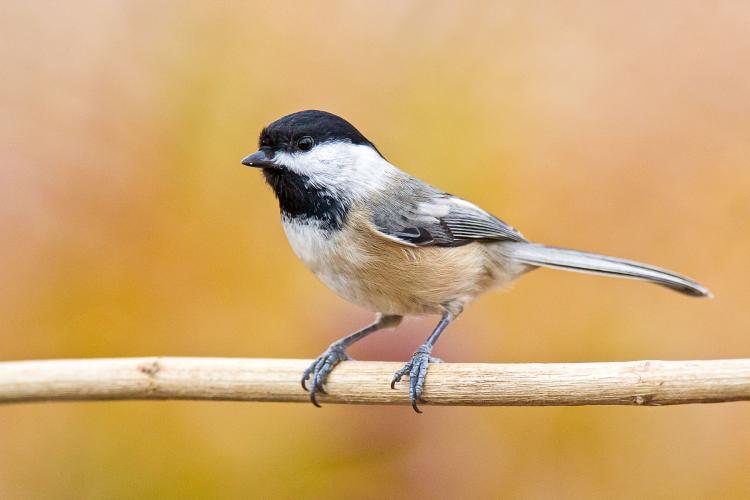

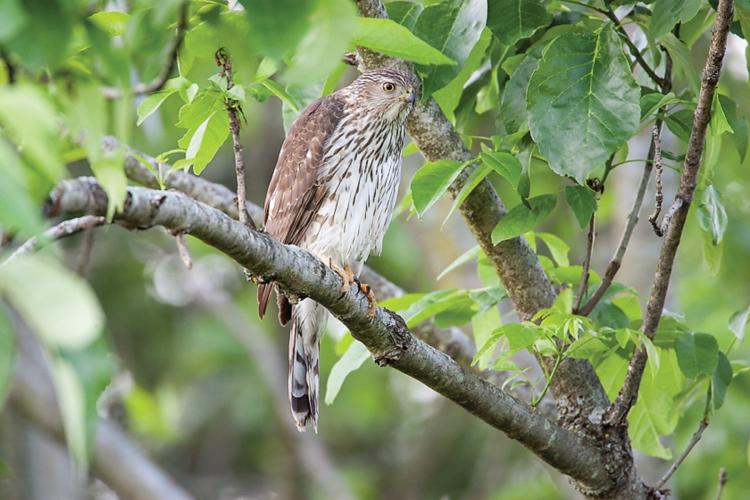
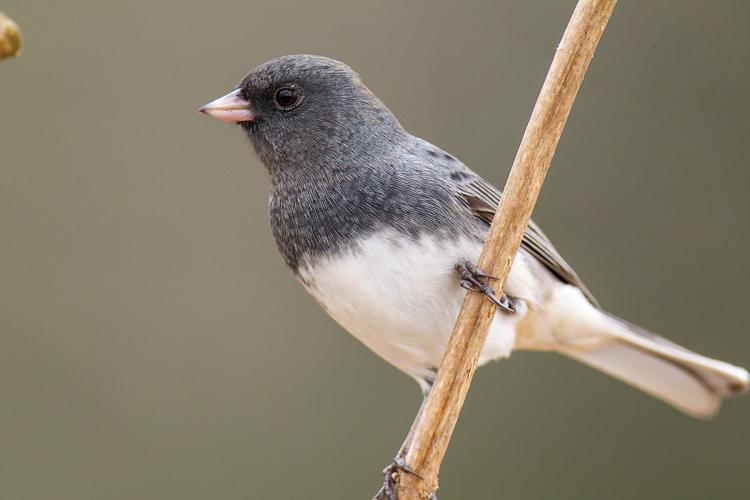
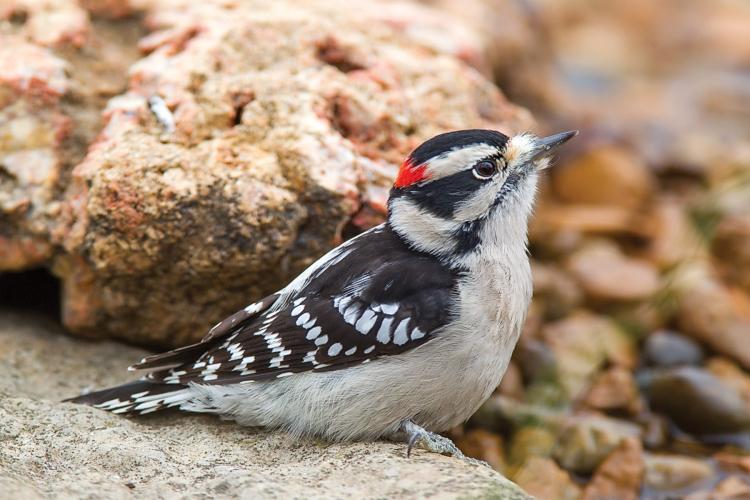
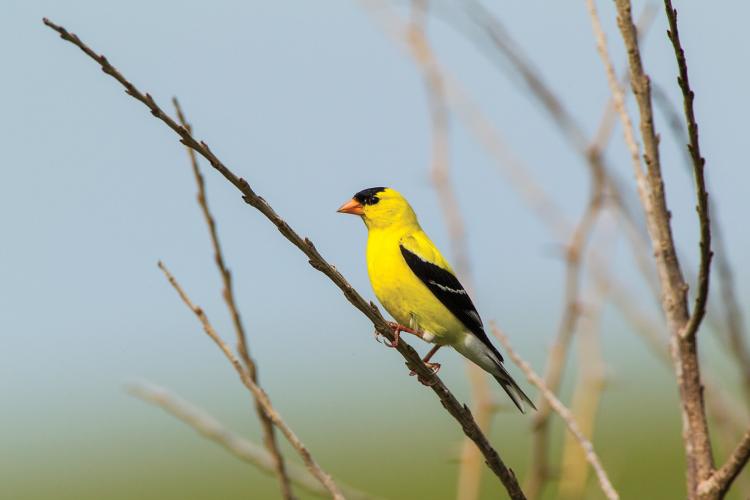

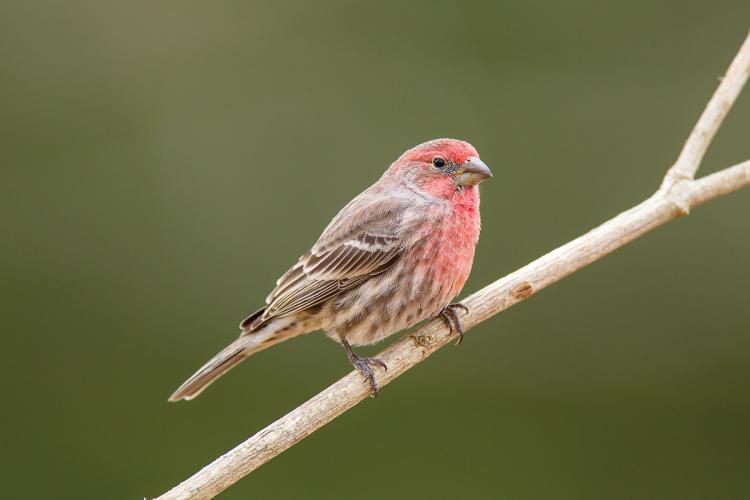
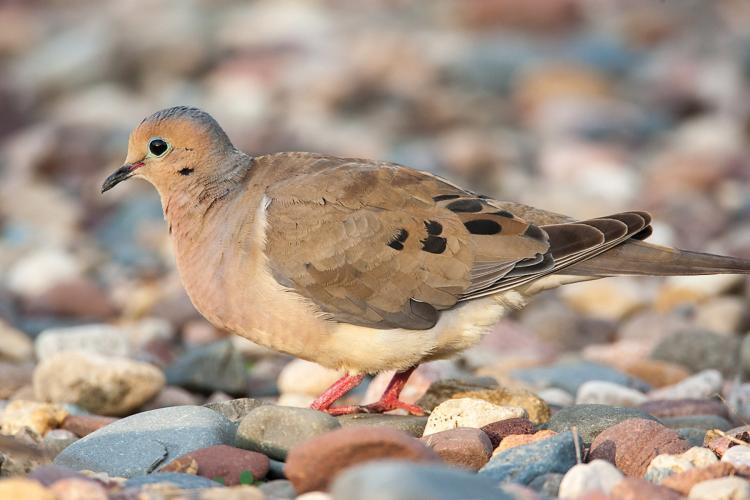

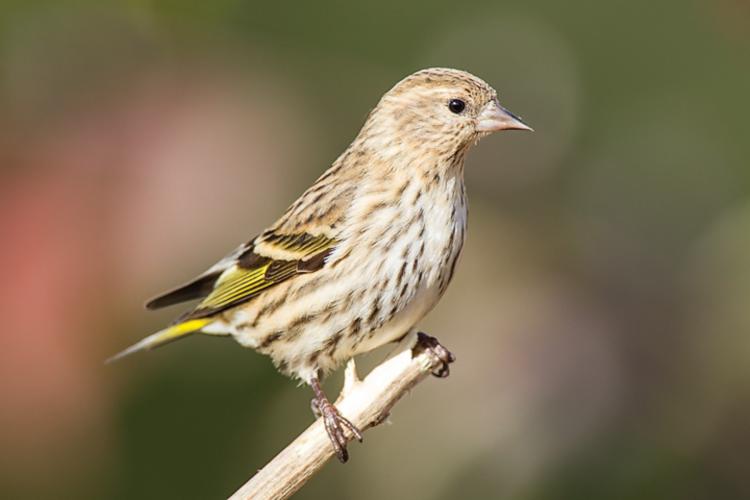

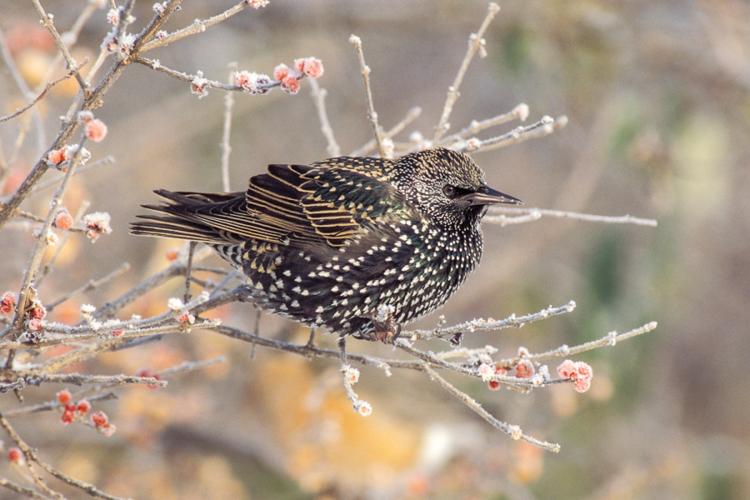
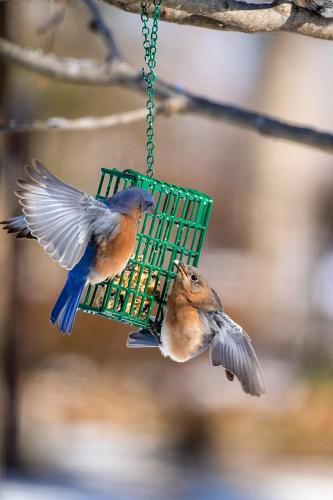
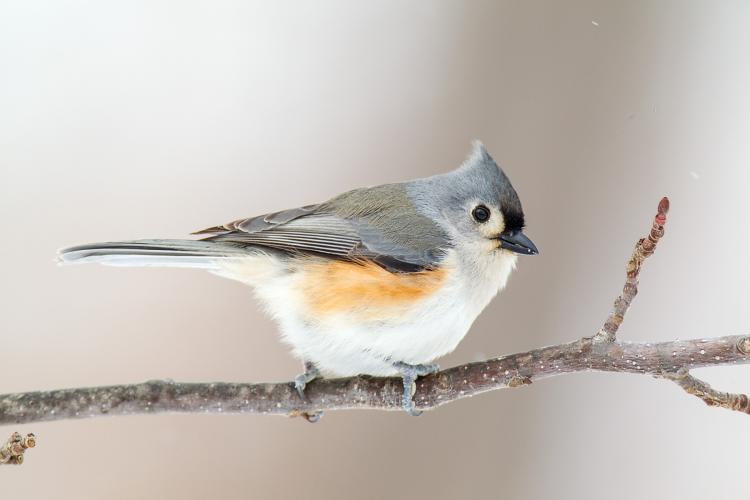
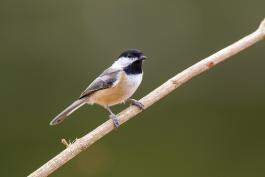

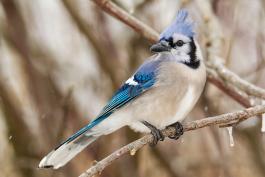
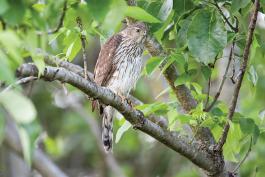
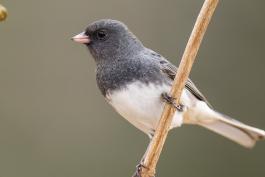
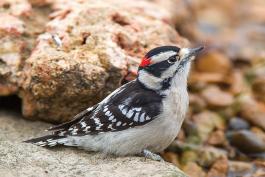
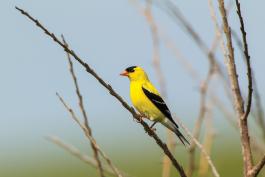
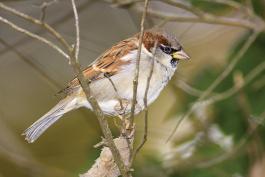
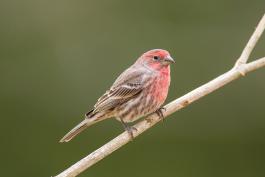
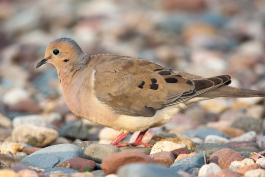

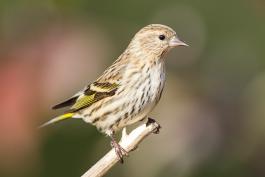


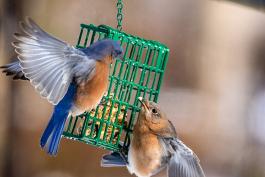

Also In This Issue


And More...
This Issue's Staff
Editor - Angie Daly Morfeld
Associate Editor - Larry Archer
Staff Writer - Bonnie Chasteen
Staff Writer - Kristie Hilgedick
Staff Writer - Joe Jerek
Art Director - Cliff White
Designer - Shawn Carey
Designer - Marci Porter
Photographer - Noppadol Paothong
Photographer - David Stonner
Circulation - Laura Scheuler






















